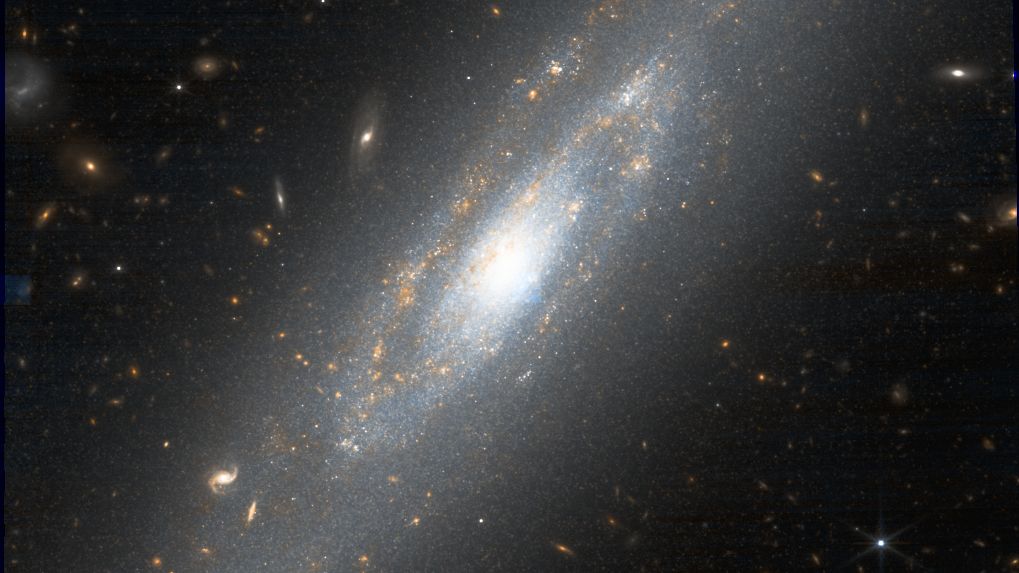Voyager 1 has traveled further than any human-made object, crossing the heliopause and heading into interstellar space. While doing this, it has continued to send back useful data to Earth, helping us learn about the space between stars outside of our own Solar System. All this while working with just 69.63 kilobytes of memory, and running partly on code written in the archaic computer language Fortran 5.
“The button you press to open the door of your car, that has more compute power than the Voyager spacecrafts do,” Voyager project manager Suzanne Dodd explained to NPR. “It’s remarkable that they keep flying, and that they’ve flown for 46-plus years.”
With such a mission, you’d expect the occasional challenge, even before you take into account the high radiation environment it is heading through. And glitches most definitely have occurred, including mysterious telemetry data that was sent back last year, likely the result of the data passing through an old onboard computer that had not been functional for years.
That was fixed in August 2022, but the following year in September a new and frustrating problem arrived.
“In September 2023, an issue arose with the data coming back from Voyager 1. Normally transmitted in binary code, or a series of 0s and 1s representing words, the probe was instead sending only alternating 1s and 0s. Effectively, the call between the spacecraft and the Earth was still connected, but Voyager’s ‘voice’ was replaced with a monotonous dial tone,” the NASA Voyager engineering team previously explained to IFLScience.
“Because of this issue, scientists are not receiving any science data or updates about the probe’s health and status, including information that might reveal the source of the problem. Through various indirect means, the team has concluded that the issue is most likely with the Flight Data System, one of the probe’s onboard computers. The team is working hard to resolve the issue, but this process may take months.”
NASA attempted to reset the computer to the state it was in before the error occurred, but Voyager has continued to send unusable data.
“Finding solutions to challenges the probes encounter often entails consulting original, decades-old documents written by engineers who didn’t anticipate the issues that are arising today,” NASA said in a statement. “As a result, it takes time for the team to understand how a new command will affect the spacecraft’s operations in order to avoid unintended consequences.”
Months on, the problem isn’t solved, and it isn’t getting any less complicated. NASA has not received science data since the error began, meaning that they do not know what the environment the craft is traveling through is like. There’s time pressure to get it fixed, too, as the plutonium-powered system that powers the craft is running out. In a few years, they may have to shut down science instruments one by one in order to keep it chugging along.
Eventually, though, it will power down for good. From there, it will carry on the path it’s been set on, unfortunately unable to send back data about what it finds there.
“In the year 40,272 AD, Voyager 1 will come within 1.7 light years of an obscure star in the constellation Ursa Minor (the Little Bear or Little Dipper) called AC+79 3888,” NASA explains.
“The science mission will end,” Linda Spilker, Voyager mission’s project scientist at NASA’s Jet Propulsion Laboratory, told NPR. “But a part of Voyager and a part of us will continue on in the space between the stars.”
[H/T: NPR]

Dr. Thomas Hughes is a UK-based scientist and science communicator who makes complex topics accessible to readers. His articles explore breakthroughs in various scientific disciplines, from space exploration to cutting-edge research.








